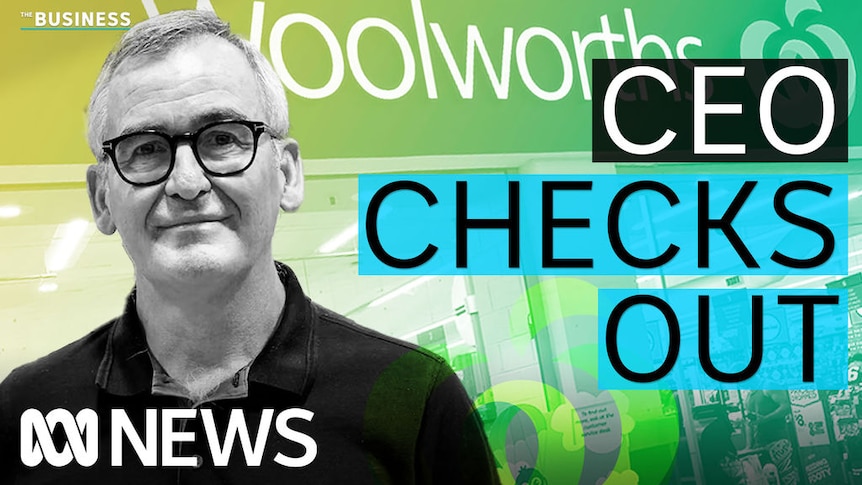Many business leaders suspect that they – and some of their key people – should be talking more to the media.
Often they’re right – subject to a few essential conditions.
The top condition is that anyone who takes part in a media interview on behalf of your company needs to seriously know what they’re doing.
This is involves not just knowing the facts about aspects of the company that you’re being invited to discuss in a particular interview.
It’s about being educated and fully tested in terms of the kind of things a journalist typically needs from you.
The skills involved in this – including operating within the unwritten interview rules – are taught in confidential media master classes designed specifically for your company.
Learn more about these at:
http://www.michaeldoddcommunications.com/media-master-classes/
When someone has not learned the relevant interview skills and rules – and has never been properly tested out and critiqued in mock media interviews – they can end up in a truly dreadful situation.
Take the man who – until an atrocious recent TV interview – was feeling more comfortable than he should have been in his role as the Chief Executive Officer of Australia’s biggest supermarket chain, Woolworths.

Brad Banducci effectively showed in an interview with the Australian Broadcasting Corporation – my old employer – that, when it came to media interactions, he didn’t understand some of the very basics.
For example, Brad Banducci didn’t know that when you’re doing a pre-recorded an interview with a serious current affairs show, you can’t say something stupid and then just expect it to be edited out so you can have a go at re-phrasing it.
Worse still, the company boss didn’t realise that it’s virtually never right to storm out of an interview.

Why does this matter?
Well, a few days after his ABC storm-out, the reaction was so critical that Mr Banducci felt he had to announce his departure as CEO.

If you don’t want a self-inflicted train crash to prematurely snuff out your career and de-stabilise your company, watch the following interview segment closely.
But first, here’s an Aussie Acronym Warning…
Be aware that “A-Triple-C” stands for the Australian Competition & Consumer Commission – the government’s chief competition regulator.
The Australian media, like their British and American counterparts, don’t tend to go soft on leaders who are the victims of their own inept performances.
You can get the idea of how critical they can be by watching this savage video critique of the Banducci storm-out interview and its aftermath.
Do be aware that most media interviews are not as robust as the Banducci one turned out.
If you play your cards right, many media interviews can end up being largely about positive things that your company is doing.
But challenging questions can nonetheless be thrown in along the way – and you need to be ready for them.
A lot of these “blowtorch-on-the-belly” questions – as they’re known in the world of Australian journalism – can, and should be, anticipated before the interview.
This is something we prepare you for in media response training sessions.
You also need to typically go into media interviews with your own pre-thought out agenda.
Whatever the agreed topic is, you need to know that you’re going into it with material which is ideally fascinating, useful and/or important for both the journalist and their target audience.
Think of it along the lines of this diagram.

Make sure it’s in the interests of your company – represented in BLUE – to talk about key things within the agreed topic.
Also check that the things you plan to mention on the topic are of interest to the researcher or journalist who has asked for the interview – represented in PINK.
And make sure that what you plan to say is in the interests of the target audience – represented in YELLOW.
So the sweet spot you’re aiming for with your content is that DARK PATCH where the three circles overlap!
If you’re still sceptical about the importance of figuring out what you’re going to say before you’re questioned by a journalist, here’s a quick cure.
Watch this video of BBC weather presenter, Kawser Quamer, during a quick after-the-forecast chat with the show’s host.

There was one personal secret that the weather forecaster should NOT have been talking about.
And – as you can tell by Kawser’s reaction after she dived straight into it – she realised, all-too-late, what this forbidden topic was!
Despite various traps interviewees can plunge into, there are
many reasons why you and your company should be benefitting from the potential positive publicity you can get from giving effective, thoughtful, pre-planned interview responses.
Your company will also benefit when representatives can effectively explain things well to the media on any (hopefully) rare occasion when something has gone badly wrong.
Just make sure in advance that you and your key team members know how to deal with this before it’s too late!


